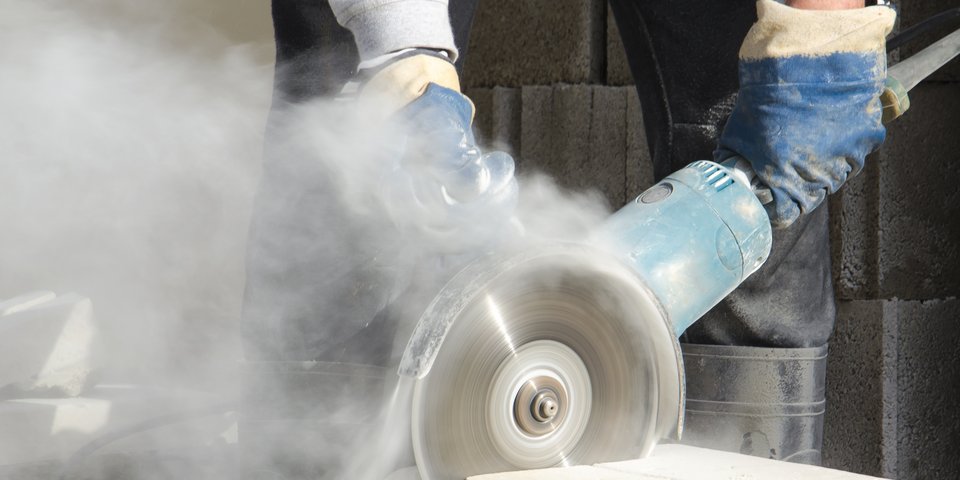 iStockphoto/Mogala
iStockphoto/MogalaNew measures to protect against asbestos
Workers should be given maximum protection against asbestos
UV – 05/2023
At the meeting of the European Parliament's
Committee on Employment and Social Affairs (EMPL) on 26 April, MEPs spoke out
in favour of lowering the maximum allowable concentration and using modern
technologies, as well as complementary measures to protect workers from
asbestos. The Committee voted by a substantial majority in favour of the Draft
report by the rapporteur Véronique Trillet-Lenoir on the Amendment to Directive 2009/148/EC proposed by the European Commission. The
plenary of the European Parliament adopted the report on 10 May, thus
establishing its position in the legislative process. Just one day later, the
trialogue negotiations between the Council, the European Parliament and the
European Commission started.
Lowering of the maximum allowable concentration and modification of the asbestos fibre measurement method
Specifically, MEPs demand compliance with a
maximum allowable concentration of 0.001 fibres/cm³, which should be measured
as a shift average over a period of eight hours, as has been the case up to
now. The European Parliament intends a corresponding adjustment after a
four-year transition period. During this transition period, the limit value of
0.01 fibres/cm3 proposed by the European Commission in September
2022 will be applied and measured by phase contrast microscopy. MEPs have been
particularly concerned to propose a maximum allowable concentration that
provides the best possible protection, taking into account economic and
technical aspects. This is also to be ensured for the future via the use of
electron microscopy as a modern and sensitive measurement method for counting
asbestos fibres, especially after the end of the transition period.
Asbestos: Most common cause of occupational cancers
Owing to its durability and resistance,
asbestos was a preferred material, especially in construction. There is a
latency period of more than 30 years between exposure and disease. Some of the
workers would already have retired by then. Focus is on improved occupational
health and safety against asbestos, especially in view of the energy-efficient
renovation of buildings and the expected "renovation wave" within the
framework of the European Green Deal. The German Social Insurance (DSV)
welcomes the initiative to protect workers from the dangers of asbestos and had commented on it January this year. The limit value
of 0.001 f/cm³ favoured by the parliamentarians is a desirable target value,
according to the German Social Insurance (DSV). The exposure value of 0.01 f/cm3 proposed by the European Commission would be seen as a start in a process and a
call to continuously improve the protection of workers from asbestos.
